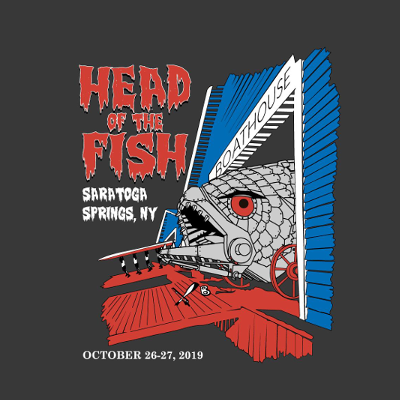

Rainbow trout is the main species in freshwater reaching 17 353 tonnes in 2016. In 2016, total production of sea bass was 22 956 tonnes and sea bream 12 397 tonnes. Production occurs in both brackish/intertidal zones as well as marine environments. Sea bream and sea bass are the main finfish species produced. Galician mussels are famous for their quality, which is made possible by a combination of factors, such as warm water temperature, high amounts of nutrients in the water, and location in areas shielded from unpredictable weather. Mussels are cultivated in the coastal inlets by means of floating rafts. The coastline is 1 200 km long, and production is concentrated in five bays: Vigo, Ponteverda, Arousa, Muros and Ares. More than 95% of Spanish mussels’ production is carried out off the coast of Galicia, a region located in the north-western corner of the Iberian Peninsula. Mussel farming is by far the biggest sector of aquaculture in terms of production volume, representing three quarters of the total aquaculture output, with mussel aquaculture in Galicia the driving force.

Output from marine aquaculture comprises mostly shellfish, while 17% of the total production is marine finfish. Of this, marine aquaculture (fish and shellfish) contributed 269,656 tonnes (94%), and around 17,625 tonnes were from freshwater aquaculture.

In 2016, farmed fish and shellfish production amounted to 287,281 tonnes. Leading species in terms of volume include blue mussel ( Mytilus edulis), rainbow trout ( Oncorhynchus mykiss), gilthead sea bream ( Sparus aurata), and European sea bass ( Dicentrarchus labrax). Although, the trend has been towards consolidation in recent years, the industry is still dominated by small to medium-sized farms About thirty species are cultivated.

The aquaculture sector is widely diversified in terms of species and farming technologies. Fishing provides employment to roughly 36 800 people Galicia region represents almost 50% of all registered vessels, followed by Andalucía (16%), Catalonia (8%), and the Canary Islands (8%). The fishing fleet is made up of 9 146 vessels, making it the 3rd largest in the EU. Shrimp (5%) and cephalopods (6%) are also important to mention. The most important fish species in value terms are tuna (33%), followed by whitefish (mainly cod and hake) (15%), small pelagic fish (herring, sardine, and anchovy) (6%). The value of the landings in 2017 was €2 billion. Three fourths come from sea fishing, a quarter from aquaculture and less than one percent from inland fishing. Spain produces just under 1.2 million tonnes of fisheries products per annum, more than any other EU country. Spain has age-old marine traditions and is the largest producer of fish in the EU by volume and the largest consumer market for fisheries and aquaculture products. Positioned at the south-west corner of Europe, the country enjoys entry points into both the Atlantic Ocean and the Mediterranean Sea and offers good conditions for marine and freshwater aquaculture. The majority of fisheries activities are carried out in the coastal regions. Spain, with a coastline of almost 8 000 km, is home to the biggest fishing industry in the EU. Overview of the Spanish fisheries and aquaculture sector


 0 kommentar(er)
0 kommentar(er)
